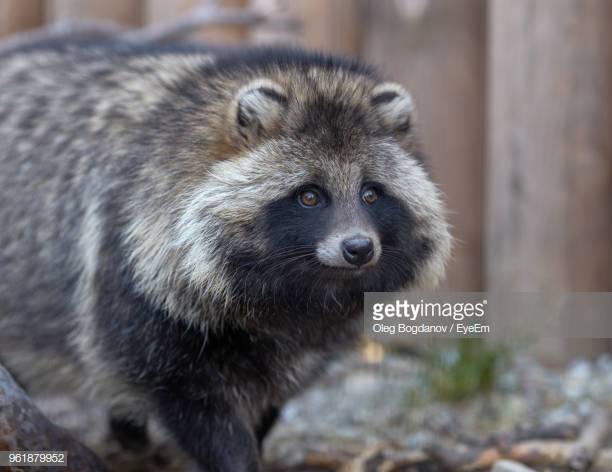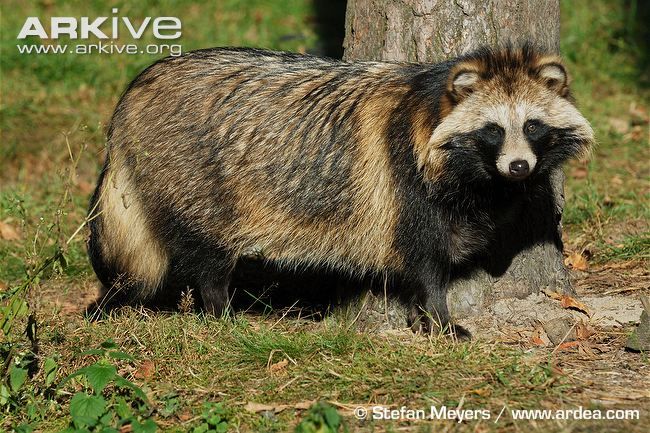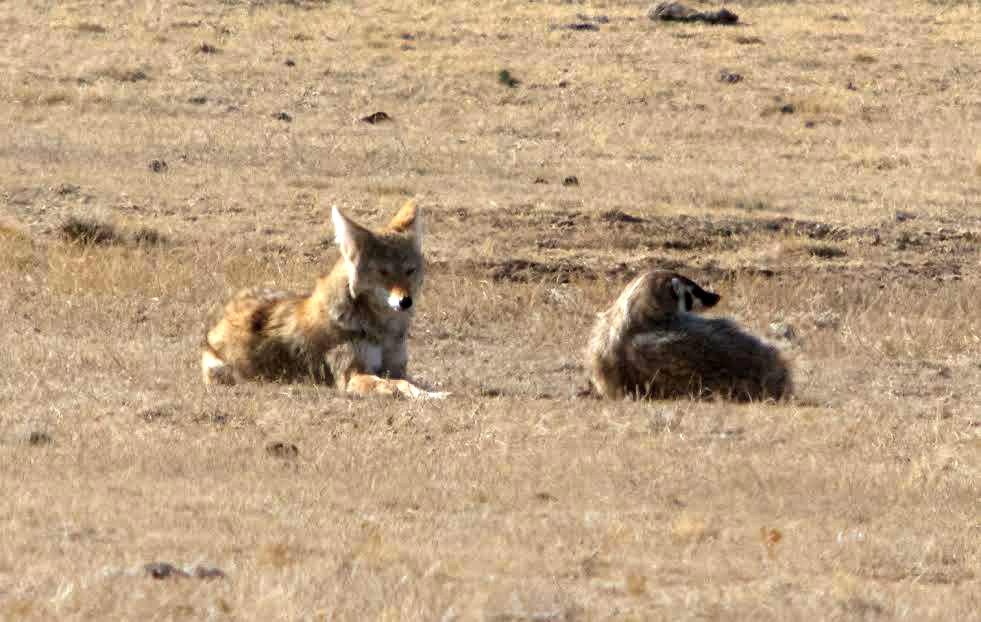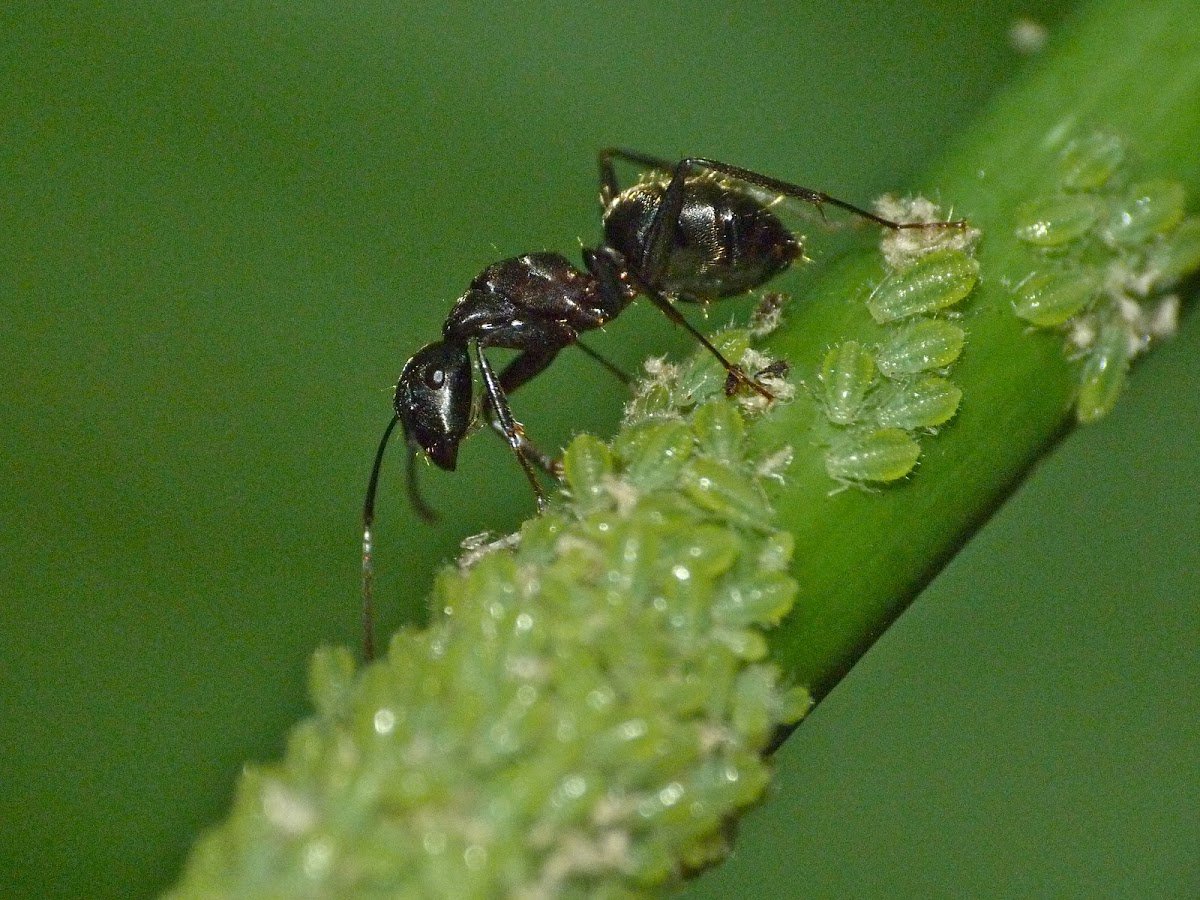
NEXT UP: Mountain Tapir (Tapirus pinchaque) vs Common Treeshrew (Tupaia glis)!!! Genetics tweets for this battle provided by @sexchrlab #2021MMM 



@sexchrlab Mountain Tapir are the smallest of all tapirs, less than 1 meter at the shoulder & only 150kg. They are distinctly colored - a uniform dark brown, with bright white lips and tips of their ears. #2021MMM 

A Malaysian legend tells that Tapirs were made with leftover parts of other animals with an unusual mixture of traits - thick, round bodies & a long, prehensile snout for grabbing food. Early biologists originally thought they were a type of Hippopotamus! #2021MMM
Mountain Tapir, Tapirus pinchaque, may have a pig-like elephant-like snout, but is actually more closely related to rhinoceroses and horses, forming a group called Perissodactyla, that is about 60 million years diverged from humans. tinyurl.com/6knw4sr6 #2021MMM 

Evolutionary relationships within South American Tapir are also unclear, with multiple colonization proposed from Central America during the past 12,000 years (tinyurl.com/2ynvccv3). [Image shows distribution of Tapir through Quaternary] #2021MMM 

Common Treeshrews tip the scales at 142g (or 0.65 stoats). Their slender and pointy bodies are covered in coarse, brown fur, which ends in a bushy tail nearly as long as their entire body (16cm to 19cm). #StoatsAsMeasurements #2021MMM 

The Common Treeshrew, Tupaia glis, may look like a shrew, or even a squirrel, but molecular analyses suggest it is more closely related to colugos than shrews or squirrels. This is convergent evolution. tinyurl.com/dtkzefks #2021MMM 

Placement of Treeshrews within Mammalia has been problematic, with scientists debating if it belongs within Primates or with insectivores. Because of its unique combination of traits, Treeshrews have their own Order: Scandentia. #2021MMM
The Common Treeshrew is a "species complex" many regional forms are so similar it's hard to determine if they are separate species. What is now recognized as the Common Treeshrew had previously been split into 54 different named forms! (tinyurl.com/z7yv4kr9) #2021MMM
This battle takes place in the home court of the Tapir, high in the Andes at Sangay National Park & @UNESCO site. Here, rolling meadows of large shrubs & grasses known as páramo give way to lush cloud forests tucked away within the steep volcanic slopes. #2021MMM 



@UNESCO A Mountain Tapir quietly munches some aster and ferns (tinyurl.com/8zjdhu9h) as the sun dips towards the horizon. [Photo by randyvickers via iNaturalist] #2021MMM 

The Treeshrew sits, adjusting to the lower partial pressure of oxygen at 3,000m above sea level. Treeshrews normaly live at 1000m & now with less mass of atmosphere above, oxygen diffuses from its' lungs to blood more slowly & the Treeshrew feels out of breath. #2021MMM
The Mountian Tapir has plenty of oxygen, it has adapted to the elevation by increasing the concentration of red blood cells in circulation (tinyurl.com/hzrwbyyk) [Gif shows animated redblood cells moving in a vessel] #2021MMM
The Mountain Tapir is locally called Danta Lanuda or "wooly tapir". It has thick, curly fur which helps it stay warm, handy now that the sky grows dark and temps dip to the mid 40°F. #2021MMM 

The treeshrew however feels very cold. Adapted to a hot tropical climate, the Treeshrew can maintain consistent body temperatures (aka thermal neutral zone) only when air temps are 86°-98°F (tinyurl.com/juwdh9zs). [Image shows body temps drop with outside temp] #2021MMM 

Having to periodically pause to catch its breath, the Treeshrew has trouble foraging for insects. Unable to fuel shivering & other heat generating processes, the treeshrew curls up in a clump of vegetation & slowly drifts into a forever sleep. #2021MMM 

MOUNTAIN TAPIR DEFEATS TREESHREW!!!!! #2021MMM
• • •
Missing some Tweet in this thread? You can try to
force a refresh






